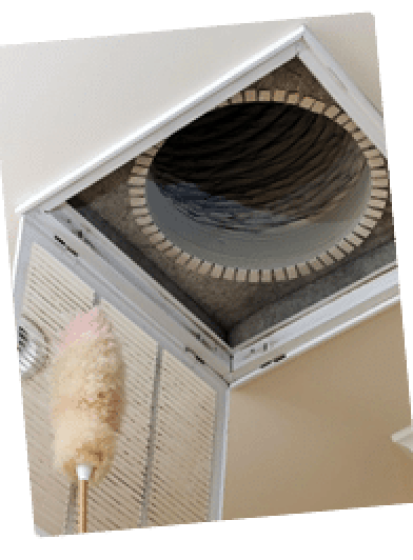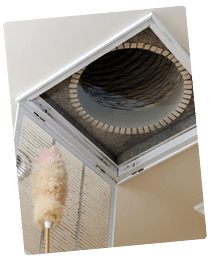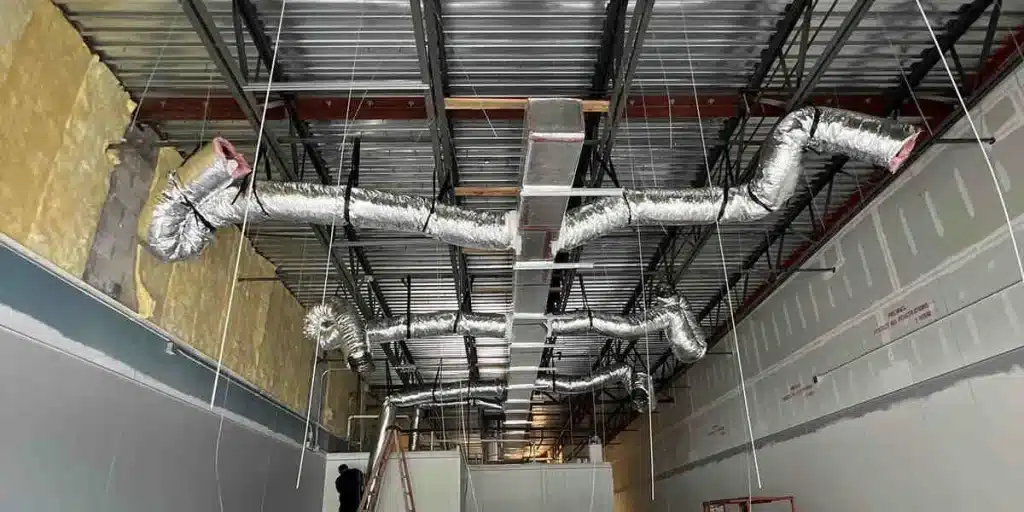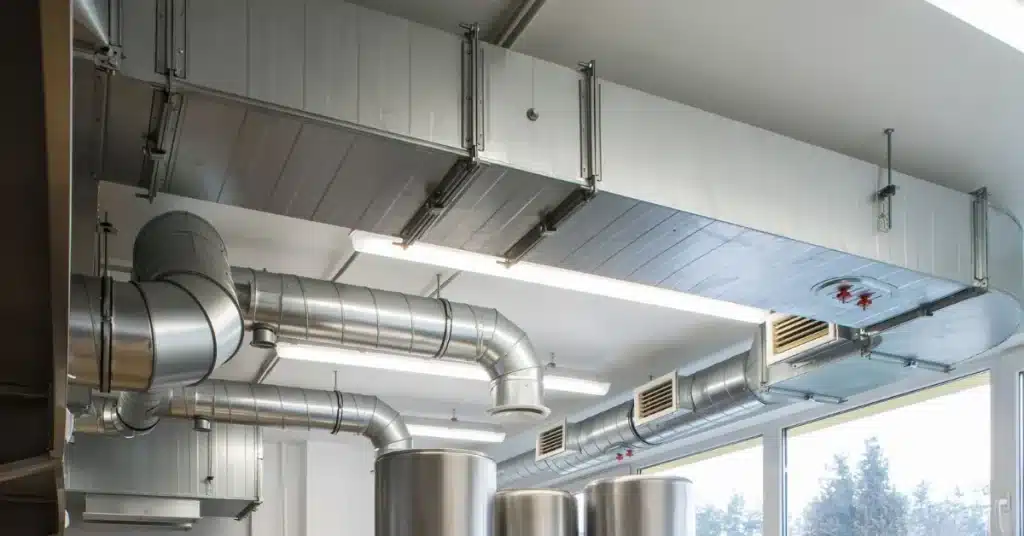Ever noticed more dust around your home lately? Your ventilation system might need some attention. Learning how to clean air ducts yourself can save money and improve the air you breathe every day. Let’s dive into the signs that show it’s time for a duct refresh and the steps to tackle this project like a true pro.
Signs Your Air Ducts Need Cleaning


You don’t need fancy equipment to spot dirty ventilation systems. Look for visible dust blowing from your vents when the system kicks on. This is a telltale sign that buildup has reached levels that affect your indoor environment.
Have your energy bills mysteriously increased? Clogged ventilation pathways make your system work harder, using more electricity. Another indicator is unexplained allergy symptoms that persist year-round. Those sneezes and stuffy noses might be triggered by what’s hiding in your home’s airways.
Knowing how to clean air ducts starts with recognizing when they need attention. Unusual musty smells when running your heating or cooling system often point to mold growth within the ventilation network. Don’t ignore these warning signals – they’re your home trying to tell you something!
How To Clean Air Ducts Like A Pro: The DIY Approach
Yes, you can tackle this project yourself! With the right tools and some weekend time, most homeowners can refresh their ventilation systems effectively. You’ll need patience and attention to detail, but the process isn’t complicated.
Many folks don’t realize that learning how to clean air ducts is pretty straightforward. With a few basic supplies and a Saturday afternoon, you can dramatically improve your home’s air quality. The investment is minimal compared to hiring professionals, and you’ll gain valuable skills for future maintenance.
Essential Tools for Air Duct Cleaning
Before starting, gather everything you’ll need for a thorough job:
- Improving indoor air quality (super important for folks with allergies or asthma)
- Reducing energy costs by helping systems run more efficiently
- Extending the life of your HVAC equipment
- Eliminating musty odors from your home
- Removing potential fire hazards from dryer vents
Consider investing in a dryer vent brush – these flexible tools reach deeper into the system than regular brushes. Having everything ready before you start makes the job go much smoother.
Step-By-Step Air Duct Cleaning Process
First, turn off your heating and cooling system completely. Safety comes first! Next, unscrew and remove all vent covers throughout your home. Wash these separately with warm soapy water.
Insert your vacuum hose as far as possible into each vent opening. The goal is to suck up loose debris before disturbing anything. If you’re serious about how to clean air ducts properly, you’ll need to be thorough with this step.
Then use your brush to loosen stubborn buildup, followed immediately by vacuuming again to capture what you’ve dislodged. For deeper sections, attach your microfiber cloth to the brush handle with rubber bands. This creates a makeshift “duster” that can reach further into the system.

When To Call A Professional Duct Cleaning Service
Sometimes DIY isn’t enough. If you spot mold inside your ventilation system, it’s time for professional help. Pros have specialized equipment that treats fungal issues safely. The same goes for rodent or insect infestations – these require expert handling.
When researching how to clean air ducts, know your limits. Homes over 30 years old often have complex ventilation systems that benefit from professional attention. If anyone in your household suffers from severe allergies or respiratory conditions, investing in professional service ensures thorough removal of potential triggers.
Improve Your Indoor Air Quality With Regular Maintenance
Preventing buildup beats cleaning any day! Change your system filters every 1-3 months depending on your home environment. Pets and high pollen areas require more frequent changes.
Even after mastering how to clean air ducts, ongoing maintenance is key. Keep your home dusted and vacuumed weekly to reduce particles that eventually find their way into ventilation paths. Consider using higher quality filters rated MERV 8 or better to trap smaller particles before they circulate.
Humidity control plays a huge role in maintaining fresh airways. Levels between 30-50% discourage mold growth that can take hold inside your ventilation network. With these simple habits, you’ll breathe easier and might only need deep cleaning every 3-5 years!
FAQ
How often should I clean my air ducts?
Most homes benefit from air duct cleaning every 3-5 years. But you might need it more often if you have pets, live in a dusty area, or recently completed renovation work. Watch for the warning signs we mentioned, like visible dust coming from vents or unexplained allergy symptoms.
What's the average cost of professional air duct cleaning?
Professional services typically charge between $300-$700 depending on your home’s size and duct complexity. Some companies offer special deals during off-seasons (spring and fall). Always get multiple quotes and check reviews before hiring anyone to clean your ventilation system.
Can I damage my ducts with DIY cleaning?
When done carefully, DIY cleaning is safe for most systems. The biggest risk comes from using too much force with rigid tools, which could dent or puncture ductwork. Stick to soft-bristled brushes and avoid pushing too far into areas you can’t see.

